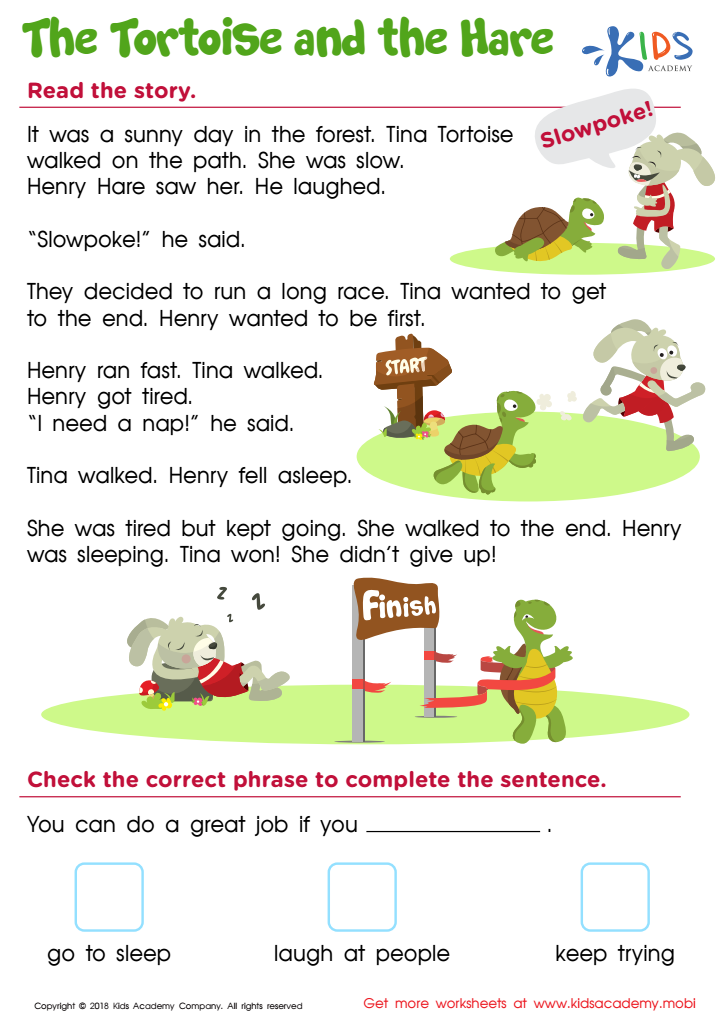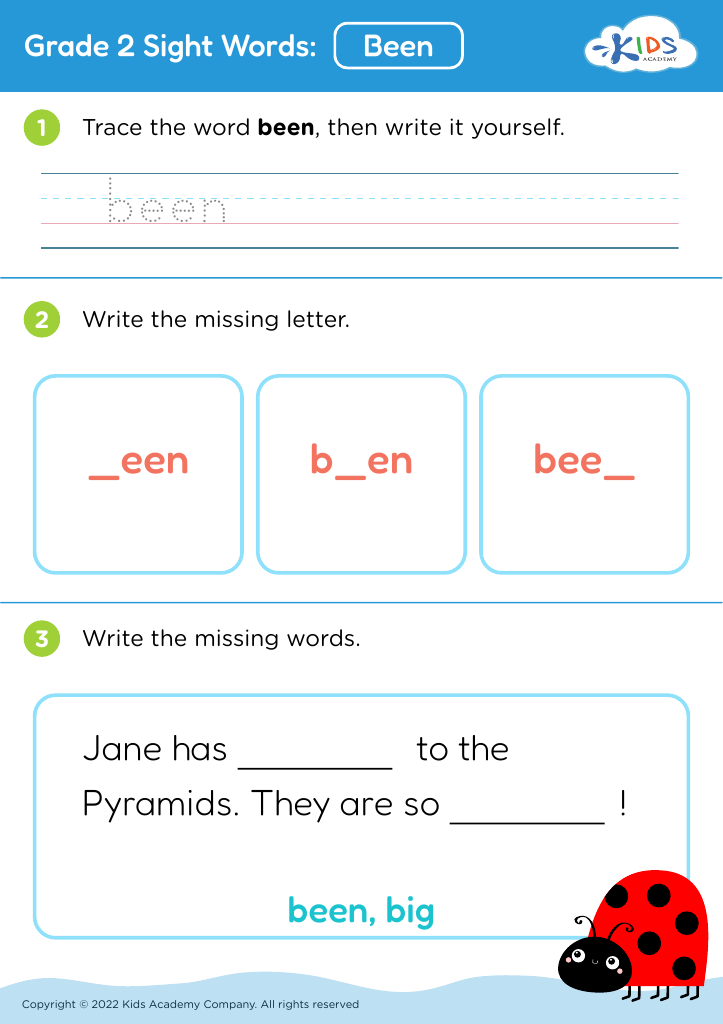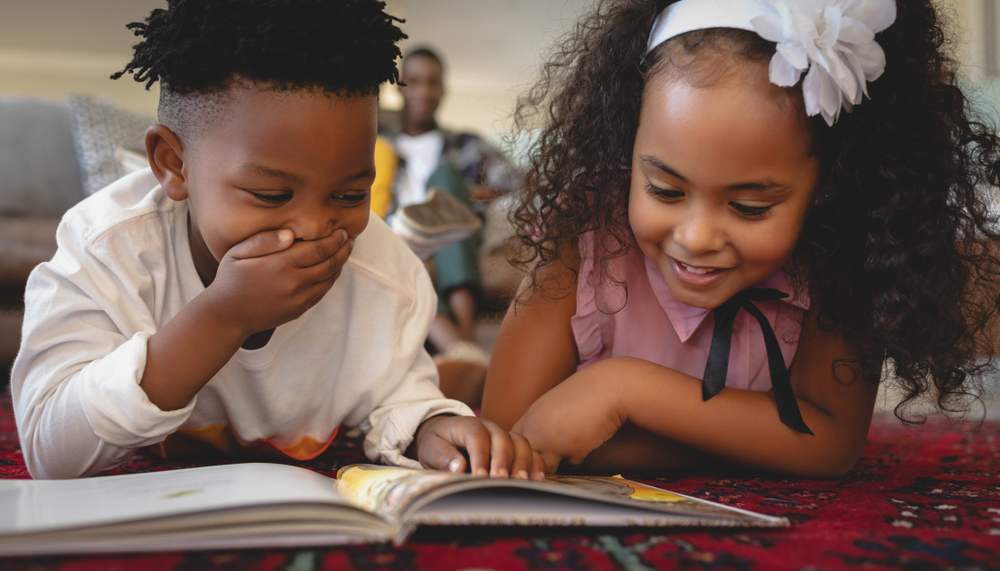Understanding sequencing Reading Worksheets for 7-Year-Olds
3 filtered results
-
From - To
Enhance your 7-year-old's reading skills with our engaging "Understanding Sequencing" worksheets! Designed to develop crucial comprehension abilities, these resources guide young learners in recognizing the order of events in stories. Through a variety of fun exercises, children will practice identifying key details and making connections in narratives. Our worksheets not only reinforce reading comprehension but also promote critical thinking and logical reasoning. Perfect for home or classroom use, these activities encourage kids to analyze story sequences, fostering a love for reading. Start your child's journey to reading success today with our captivating and educational sequencing worksheets!


Sequence: A Day at the Park Worksheet


The Tortoise and the Hare Worksheet
Understanding sequencing in reading is crucial for 7-year-olds as it forms the foundation for comprehension and narrative skills. At this age, children are transitioning from learning to read to reading to learn. When they understand sequencing, they can better grasp the structure of stories, including the beginning, middle, and end. This not only enhances their ability to recount events logically but also improves their predictive skills, enabling them to anticipate what might happen next in a narrative.
Teachers and parents should care about this skill because it plays a pivotal role in developing critical thinking. By mastering sequencing, children learn to connect ideas and understand cause-and-effect relationships, which are essential for subjects beyond reading, such as science and social studies. Additionally, strong sequencing skills aid in writing by helping children organize their thoughts in a coherent manner.
Moreover, proficiency in sequencing can boost a child’s confidence and foster a love for reading, as they become more engaged with texts. Encouraging practice through interactive activities, such as storytelling games or sequencing cards, can effectively reinforce this skill. As facilitators of learning, parents and teachers have a vital role in nurturing these abilities, ultimately supporting the child's overall academic journey.
 Assign to My Students
Assign to My Students









.jpg)












